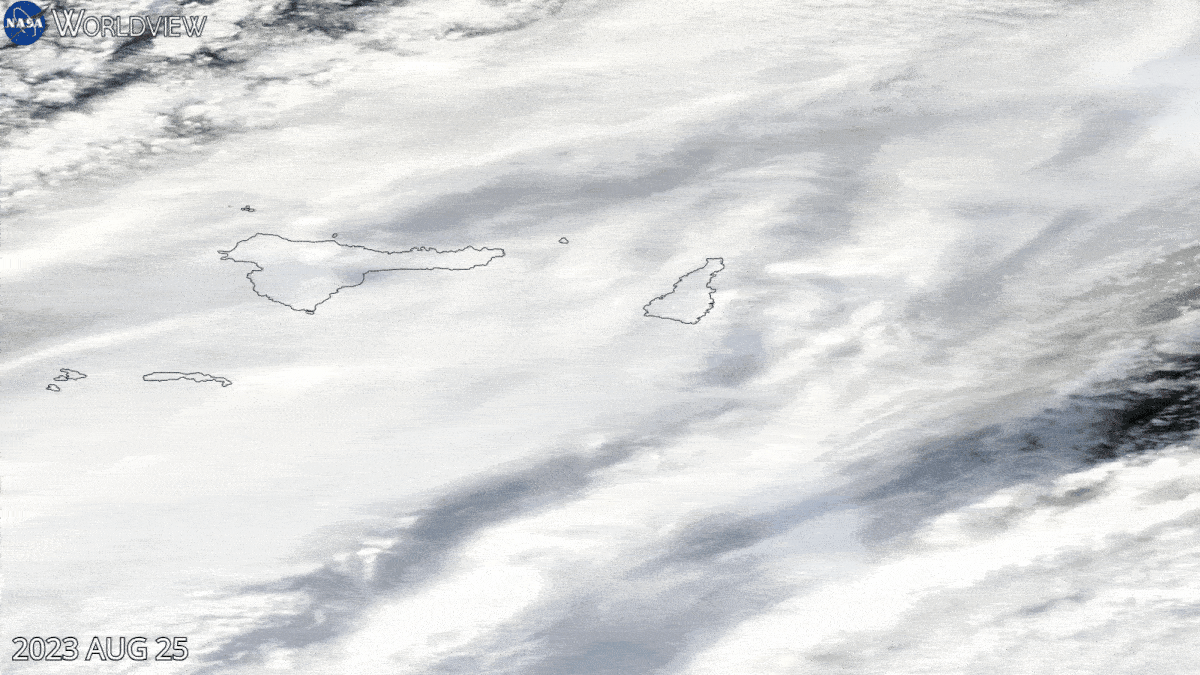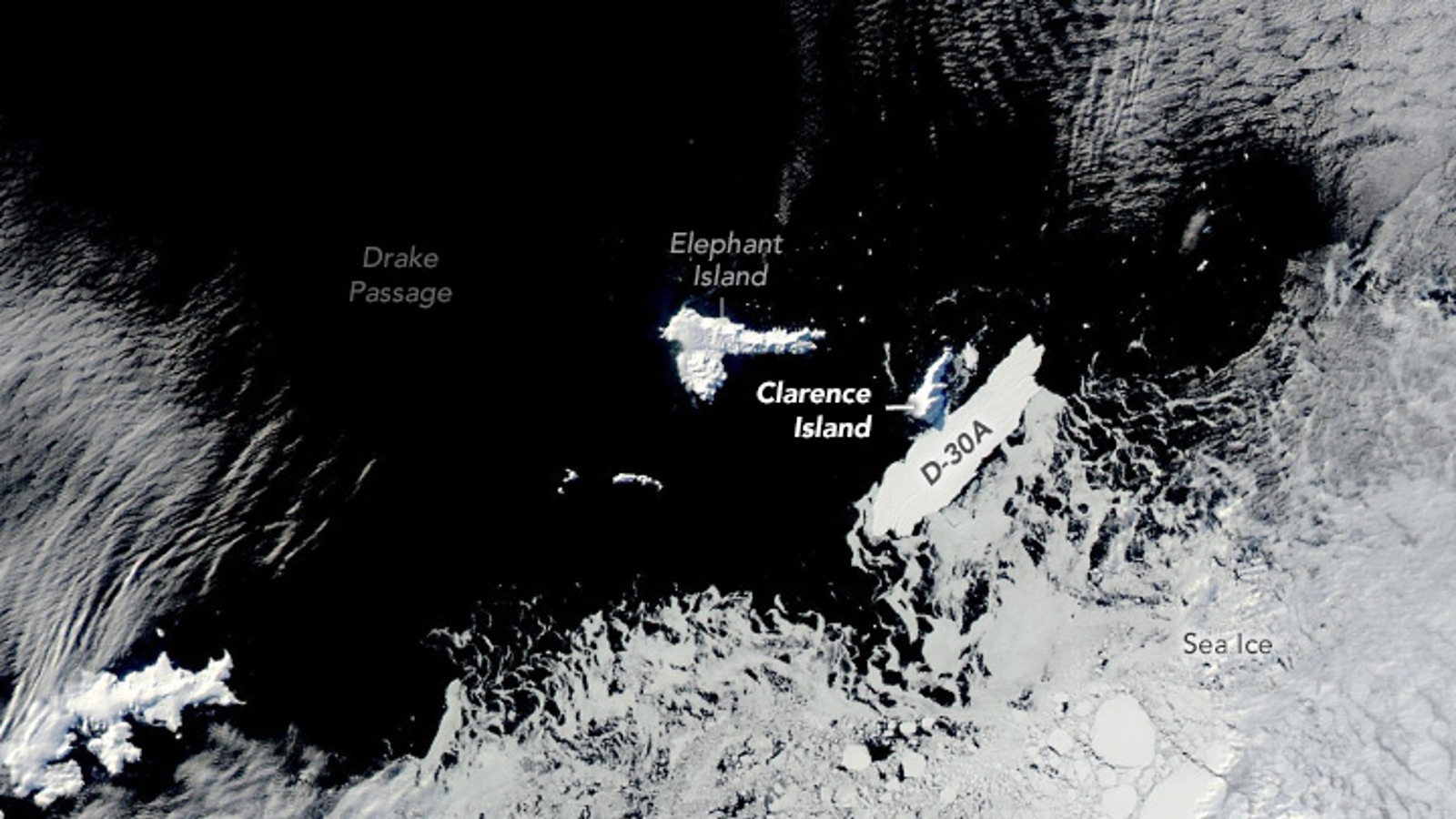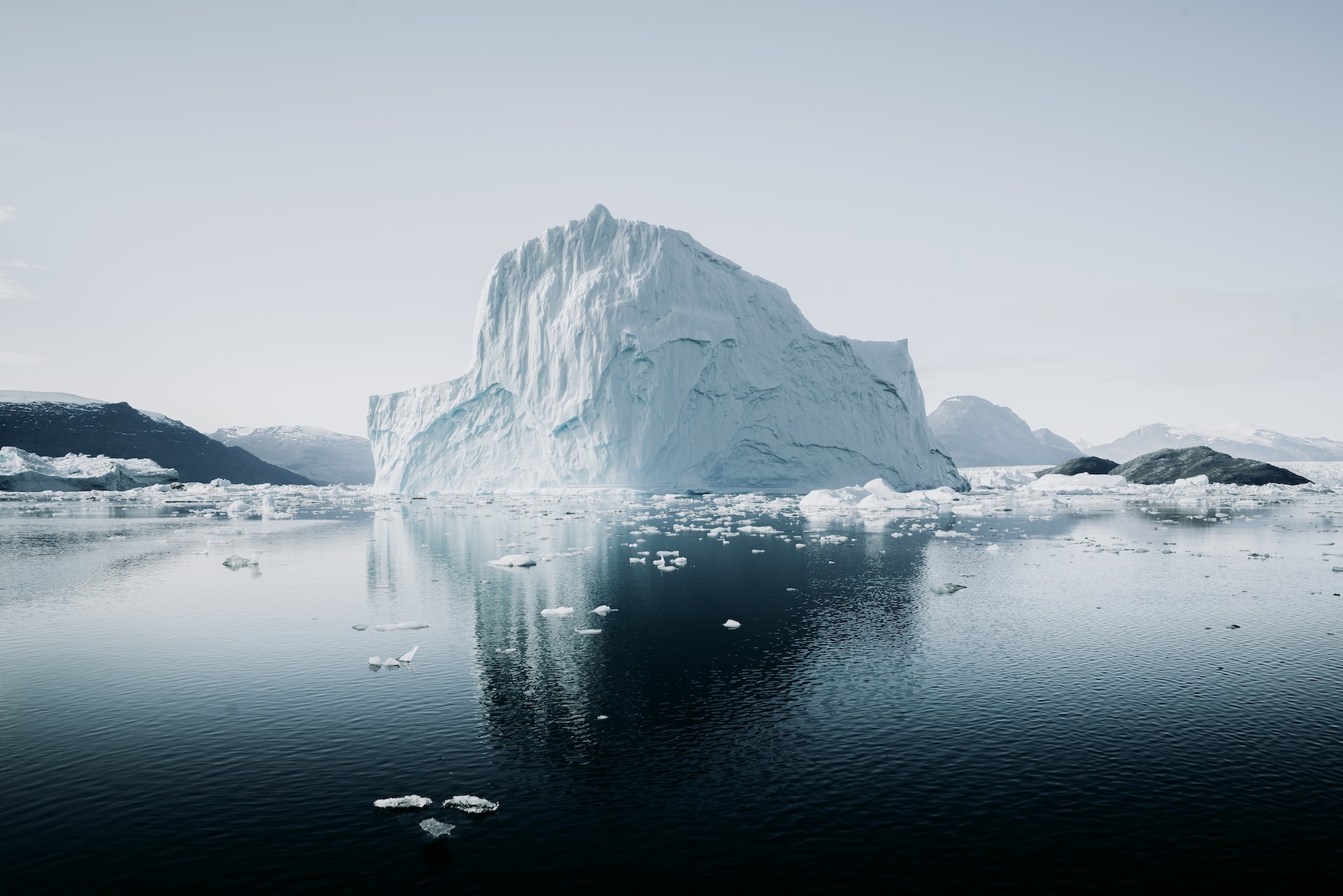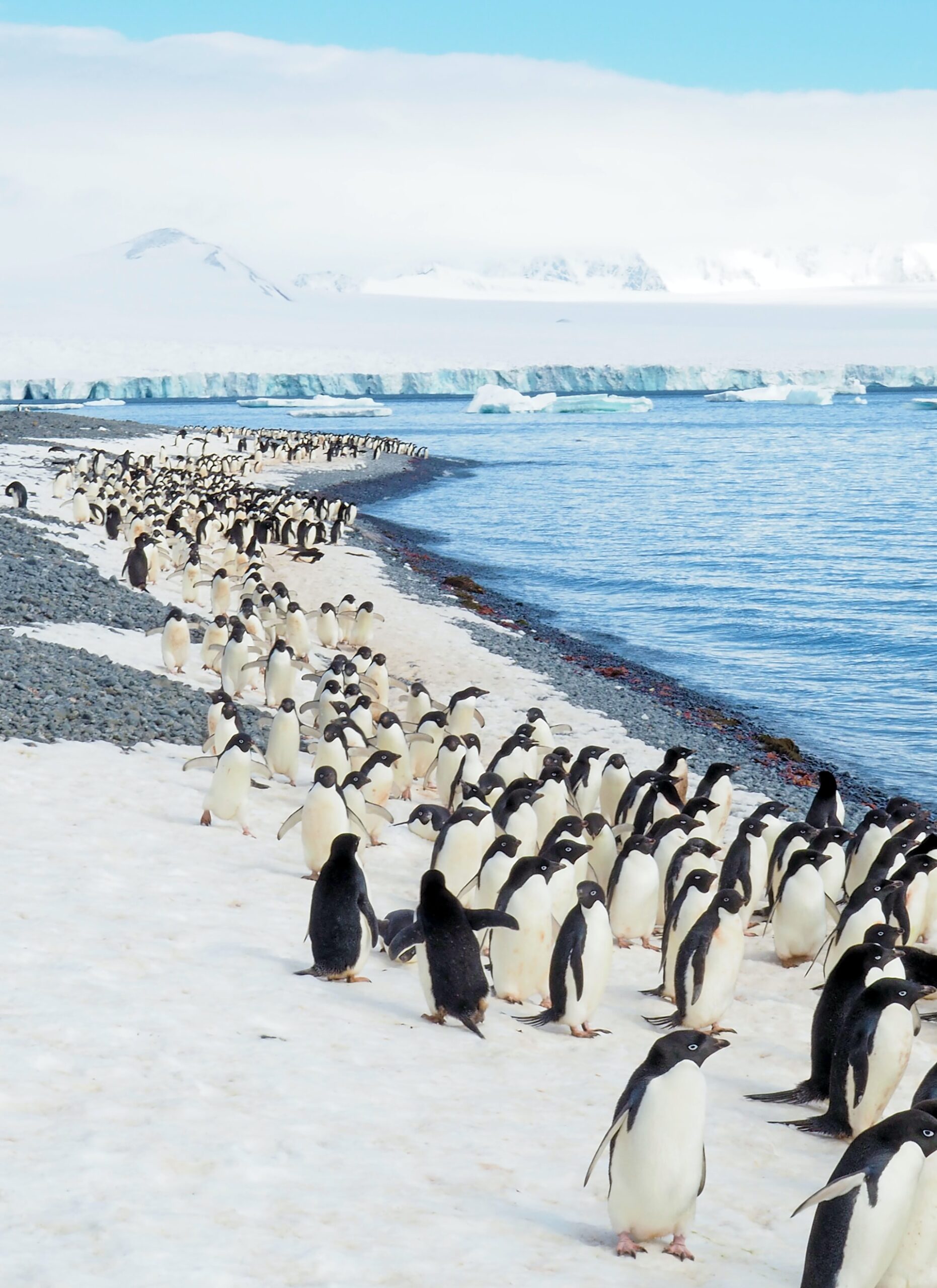A massive iceberg, a little larger than the Kyiv Reservoir, recently crashed into Clarence Island, where there is a natural refuge for penguins in Antarctica. The iceberg, named D-30A, has a length of about 72 kilometers and a width of 20 km. This makes it the largest among the fragments of D-30. It was formed as a result of the split of the mother iceberg D-28 in June 2021, when it crashed into the coastline on the east coast of Antarctica. After that, D-30A slowly moved west along the Antarctic coast.

At the end of 2022, D-30A suddenly changed direction and went to Clarence Island. It is the easternmost of the South Shetland Islands. Clarence Island has a significantly smaller area compared to D-30A. According to NASA’s Earth Observatory, on September 6, this huge ice fragment hit the southern coast of the island and then bypassed it and went to the open sea only a few days later. Fortunately, the researchers’ worries about the possible consequences of the D-30A collision with the island quickly dissipated.
Consequences of the collision
The collision of icebergs with islands can have devastating consequences for nature, especially when they get stuck on the seabed, limiting the access of marine animals to food and affecting the temperature and salinity of the water. It can also lead to the destruction of the ecosystems of the seabed and the disruption of the ecological balance.

At the end of 2020, a warning was raised when the largest iceberg at that time, A-68A, was approaching the island of South Georgia, which is an important refuge for penguins and seals. Experts were convinced that it could get stuck on the seabed and stay there for a long time, however, at the last moment, the iceberg changed course and completely bypassed the island.

There were no devastating consequences after the collision of the iceberg with Clarence Island. Probably, serious damage was avoided due to the deep seabed near the island, which reduced the chance of D-30A getting stuck. Glaciologist Christopher Shuman from the University of Maryland and NASA notes that the eastern side of Clarence Island has a sufficiently sheer drop-off with deep enough water to allow an iceberg to pass through it.
Restrictions for penguins
But, even if the iceberg didn’t get stuck, it could cause serious problems for the penguins if they were already on the island. During egg incubation, penguins rely on their partners to hunt for food for them. Blocking access to the colony for several days during nesting can lead to death in the colony.

On the other hand, a close collision with an iceberg can have a positive impact on nature. During the passage of D-30A past the island, it probably released a lot of meltwater into the water, which can contribute to the growth of algae in this region.
Currently, the D-30A appears to be heading for Drake Passage, which is known as “iceberg alley,” where massive icebergs get caught in ocean currents that lead them into warmer waters, where they melt without a trace. In November 2022, the former largest iceberg in the world, A-76A, was spotted in the same passage, and then, in June of this year, it separated into numerous fragments, moving north, where it melted after about 2415 km.
According to space.com
Follow us on Twitter to get the most interesting space news in time
https://twitter.com/ust_magazine

